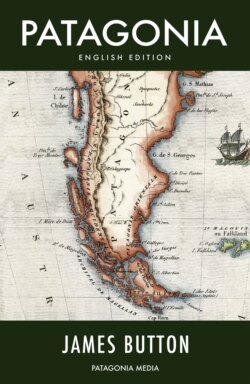Читать книгу Patagonia - James Button - Страница 9
На сайте Литреса книга снята с продажи.
Geographical delineations
ОглавлениеIn a more extensive study of Patagonia by the German geographer Hans Steffen Hoffmann on the general delimits of the region, written between 1892 and 1902 and published in two volumes in Chile under the title Patagonia Occidental, the author proposed that Patagonia can be analysed from many different viewpoints: oreographic, climatic, botanic, geographic and cultural.
From the Straits of Magellan to the south-west and beyond the Río Negro to the north, and up to the last peaks of the Andean Mountain Range to the east, Hans Steffen stated that Western Patagonia is a mountainous region of folded cretaceous rock and basalt lava caps containing a huge mass of intrusive granite rock formations. In contrast, Eastern Patagonia is comprised of continuous shelves. That is to say, for the most part the Tertiary plateau is undisturbed and covered by volcanic shingle. In general, Steffen concluded, the idea of Eastern Patagonia coincides with the Patagonian Mountains that continue south from the Andean Mountain Range, forming an irregular shape rather than a high wall, characterised by elevations and openings between volcanoes, mountains and glaciers.
The Patagonian Mountain Range is separated from the main Andean Chain by a clearly marked depression that crosses the entire body of mountains from west to east, immediately to the south of the 40° parallel. This depression extends from Lake Llanquihue between the volcanoes of Osorno and Calbuco, and also spreads south to the Straits of Magellan via the Todos los Santos Lake, which separates the Archipelago of Tierra del Fuego from the American Continent.
